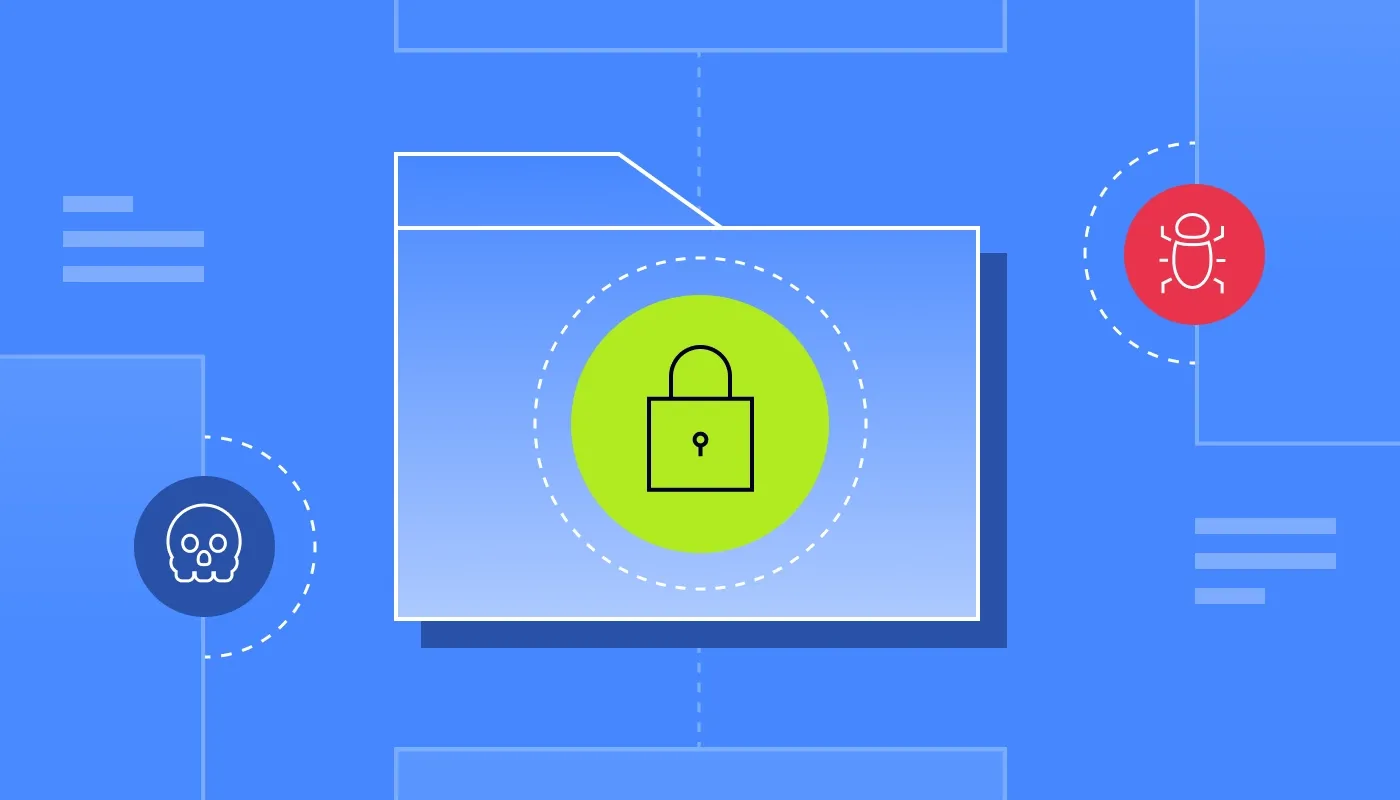
Rūta Tamošaitytė
Copywriter
Partner program

Summary: MSPs must build strong DLP strategies to protect client data from leaks, breaches, and insider threats. Start with classification, encryption, access control, and monitoring.
Data Loss Prevention (DLP) plays a critical role in modern businesses. It helps companies to identify, monitor, and protect sensitive data from accidental exposure, unauthorized access, or even intentional theft, whether that data is in use, in motion, or at rest. This is especially important as, according to a study by IBM, the global average cost of a data breach is $4.4 million.
Managed service providers (MSPs) also need strong data loss protection solutions to safeguard their clients’ intellectual property, personal identifiable information (PII), and other sensitive information. This includes having measures such as business continuity and disaster recovery (BCDR) in place.
In this blog post, we’ll cover what DLP means for MSPs, the best practices, and how NordLayer can help.
As mentioned before, to achieve Data Loss Prevention, it’s crucial to detect, monitor, and prevent unauthorized access or accidental disclosure of sensitive information. The most common causes of data loss include human error and social engineering, insider threats, malware, physical device theft, weak or stolen credentials, and other security vulnerabilities. These incidents are usually categorized as data breaches, leakages, or exfiltration:
To ensure that data remains private, accurate, and accessible, MSPs should implement DLP policies covering data classification, access controls, encryption standards, data retention, and continuous real-time threat monitoring. These policies should also include incident response protocols and technical controls like firewalls, antivirus software, and intrusion detection systems.
By implementing DLP strategies, MSPs can protect sensitive information and enhance efficiency through clear processes for access requests, user provisioning, security audits, and incident reporting. This can help to reduce the risk of breaches and improve compliance with regulatory requirements.
In turn, this allows Managed Service Providers to help clients stay resilient against modern threats, strengthening their role as trusted advisors. reduce liability, and deliver measurable value through risk mitigation and compliance.
For any MSP, a strong DLP strategy is vital for client data protection. This includes timely mitigating insider threats and data breaches, enabling disaster recovery, and ensuring business continuity. You can start building a comprehensive Data Loss Prevention MSP strategy with these core elements:
Start by categorizing structured and unstructured data. Structured data has a standardized form, such as a credit card number, and is clearly labeled and stored in a database. On the other hand, unstructured data is free-form information like images or text documents, and isn’t neatly organized.
With DLP tools, your security team can scan the entire network to find this data wherever it might be stored: in the cloud, physical endpoint devices, or even on employees’ personal devices.
Next, you’ll need to encrypt this data. Encryption protects your company’s sensitive data by converting it into a code accessed only by authorized users. This protects both data in transit and in storage.
Data classification enters the picture as soon as the data is identified. It should be sorted out into groups based on sensitivity level (for example, public, confidential, highly confidential) and shared characteristics. This will allow you to determine appropriate access controls for each data type.
The latter works by defining user roles, like administrator or member, and assigning specific permissions to each role. These in turn dictate what each role can access and what actions they can perform with that data.
Once everything is in place, the data in use (when it’s accessed, processed, updated, or deleted) in motion (when it’s transmitted, for example, via a messaging app or moved between networks), and at rest (data in storage: in a cloud drive, local hard drive or archive) should be monitored continuously to detect risky user behaviours and potential breaches.
Unfortunately, with the increasing number of breaches, you have to be prepared for the worst. The well-crafted incident response plan will enable your organization to respond quickly and effectively, helping you to identify the breach, contain it, and notify the affected individual.
This will help your business to recover quickly and minimize overall damage. The plan should also outline the steps to investigate the cause of the breach and take corrective actions to prevent recurrence.
Since most breaches occur due to simple human error, focusing on employee training is key to preventing them. Teach your teams to spot phishing emails, follow data protection rules, and use strong passwords.
Regular training sessions will reduce the risks as employees will stay aware of possible threats. This will also help to build a strong cybersecurity culture.
The implementation of the DLP strategy can be a complex process, so here’re some common mistakes to avoid to ensure success:
A simple human error, a phishing email, or a technical security vulnerability can be a trigger for leaking your client’s data. So, you, as a Managed Service Provider, should strengthen defenses and help your clients remain resilient.
NordLayer is a tool that can make your DLP strategies effective and smoother with features such as:
Looking to boost your offerings for your clients? Join our Partner Program and get advanced security solutions that help your business grow.
Subscribe to our blog updates for in-depth perspectives on cybersecurity.